Swiss Side just launched a 68mm wheelset that could be banned in a few months time
Swiss Side's new Hadron 3 wheelset incorporates the brand's latest aero research, and adds ceramic bearings but shuns composite spokes in a 68mm wheelset UCI says will be illegal in sanctioned events come 2026
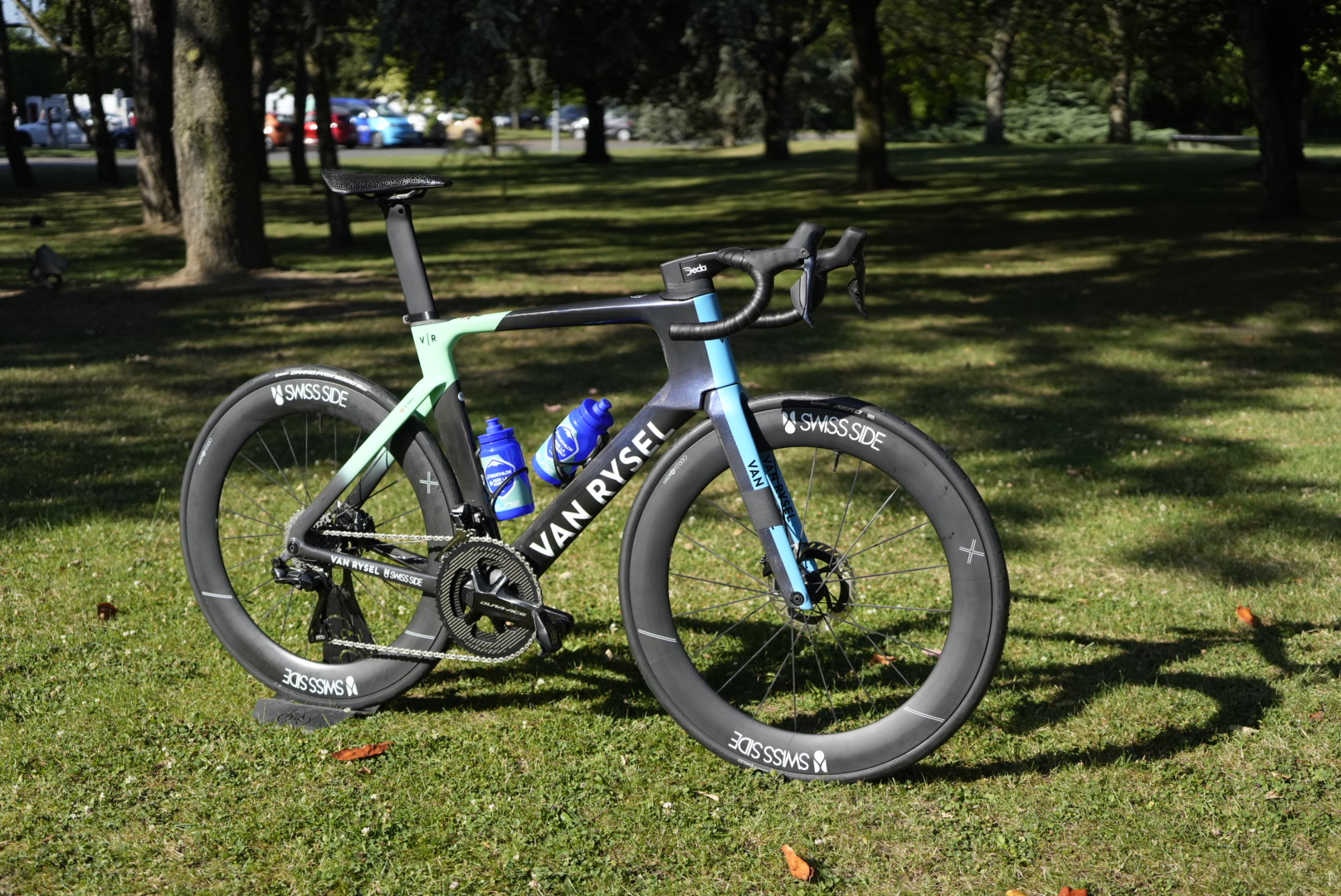
In June of last year the UCI announced a slew of technological changes that will take effect on January 1st 2026. Based on recommendations from SafeR, the organisation dedicated to improving safety in professional road cycling, they included a limit on rim depth, with the UCI stating that “the height of the rims of wheels used in road races will be limited to 65mm”. Which makes Swiss Side’s decision to forge ahead with its new 68mm depth wheel interesting to say the least.
We spotted the wheels on Felix Gall's Van Rysel this week. The Austrian is set to lead the Decathlon AG2R La Mondiale team at the Tour de France. The wheel manufacturer said it’s “awaiting clarity from the UCI about the legality of the 68mm deep Ultimate 680 wheel for 2026, in light of the unexpected ruling from 20th June 2025.”
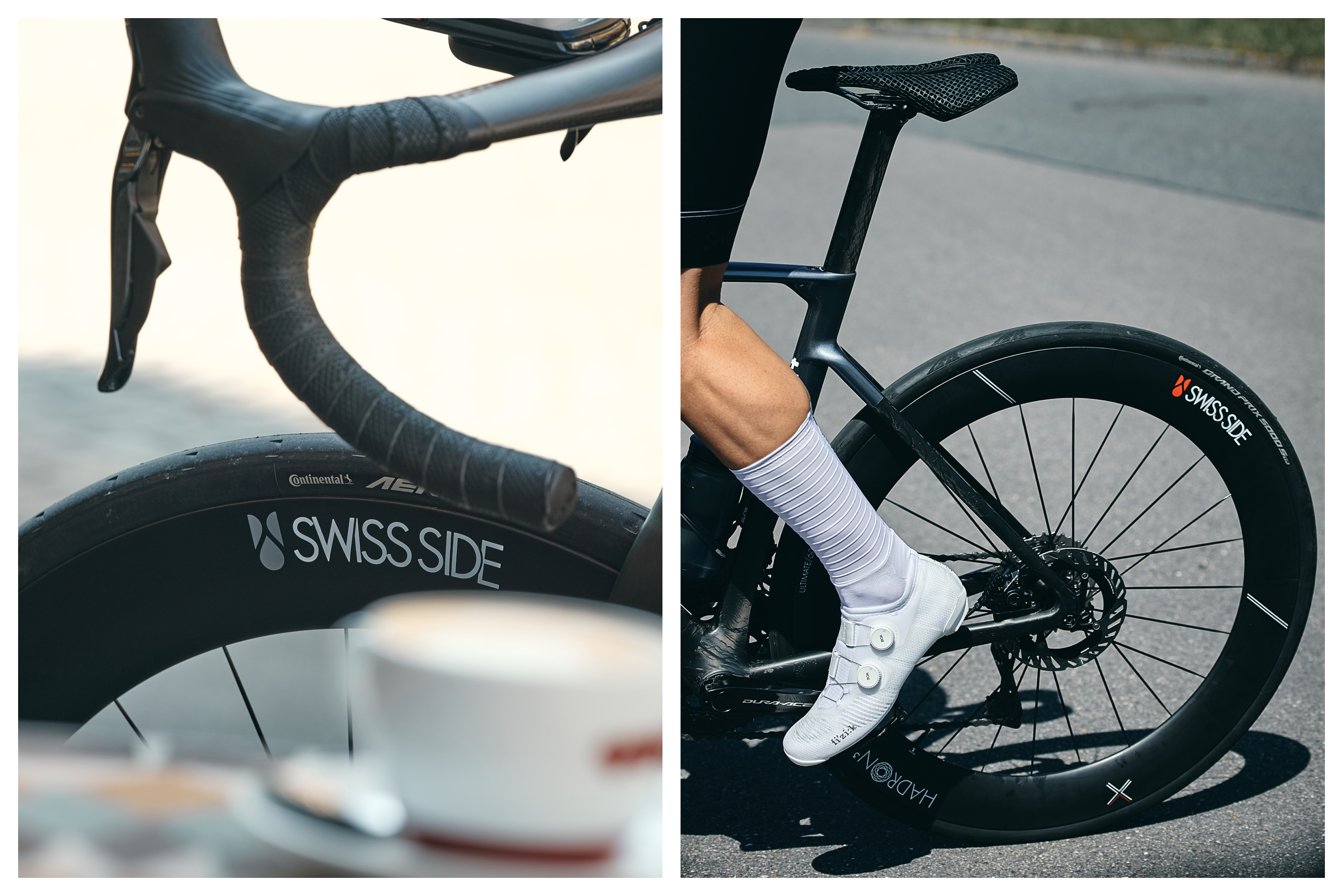
The new Hadron 3 680 won't be UCI-legal come 2026.
The UCI would likely dispute that its ruling was “unexpected” given that its says all of the new safety measures, which also include limiting the minimum width of handlebars, were developed after what it describes as “extensive consultation with riders, teams and organisers, including through the distribution of questionnaires to the entire peloton”.
Does Swiss Side believe then that the UCI are set to back track on the ruling, or does it believe it can successfully lobby the orgianisation to change the ‘68mm rule’? We don’t know, but the fact that it has brought to market a currently non-confirming product and is the supplier to the a WorldTour team, suggests that its confident that one of those scenarios will play out.
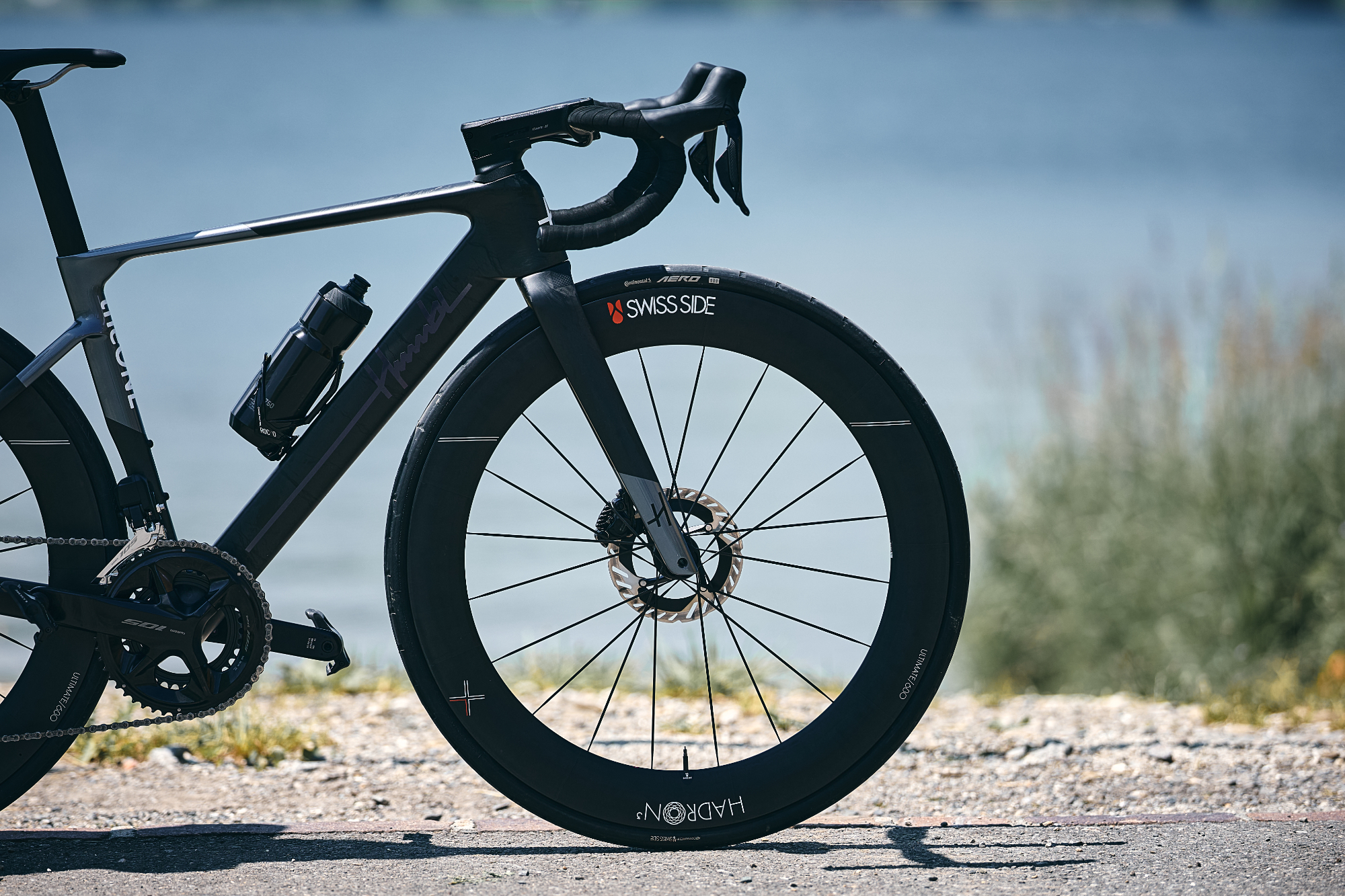
Swiss Side says the latest Hadron wheel delivers more stability in crosswinds.
Known for its aerodynamic expertise, Swiss Side says it is focused on three areas to improve on the Hadron’s performance: to lower base drag, to improve handling in the wind and to fine tune the relationship between the rim and the tyre.
Base drag is defined as “the maximum drag level of a wheel maximum drag level of the wheel with primarily frontal airflow between +/-5° yaw”. To reduce this Swiss Side redesigned the V-shape rim with deeper sections making it more aerodynamic so as to create less losses in the airflow, which helps to lower the base drag. Swiss Side this results in a reduction of aero drag by 15% on average compared to the previous model
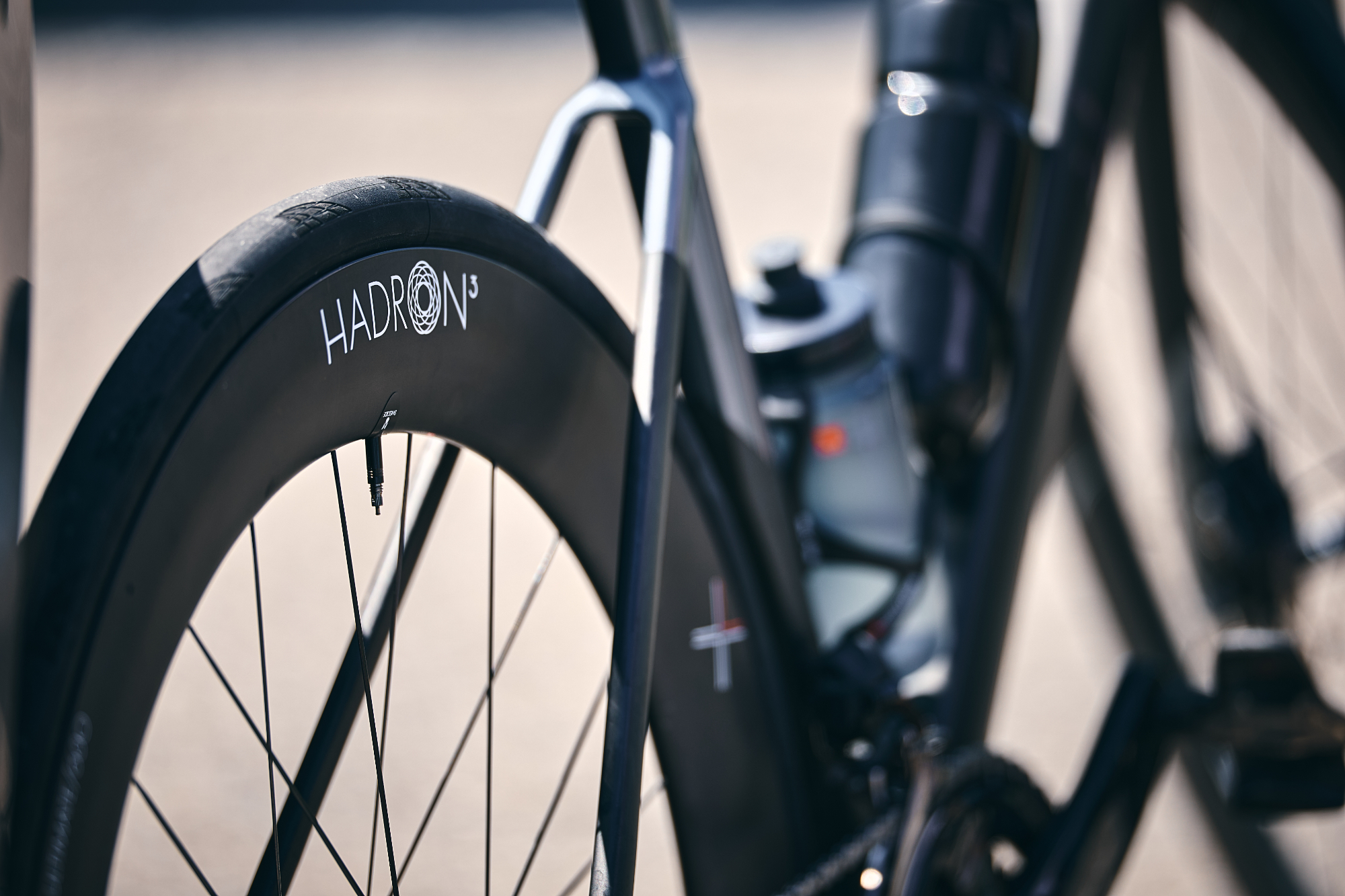
Not just deeper but wider too; the internal rim width of the Hadron 3 is 22mm and optimized for 29mm wide tyres.
To improve the wheels’ stability in the wind Swiss Side says its optimized steering moment and stall behaviour across the three wheels. The steer moment is the force the cyclist needs to apply a turn and is measured in Newton metres; Swiss Side’s testing shows that the steer moment with the Hadron 3 now remains linear with an increasing yaw angle, which results, it says, in a more stable and responsive wheel in all wind conditions. This is achieved despite the greater rim depth, which typically can make a wheel more susceptible to crosswinds.
The latest race content, interviews, features, reviews and expert buying guides, direct to your inbox!
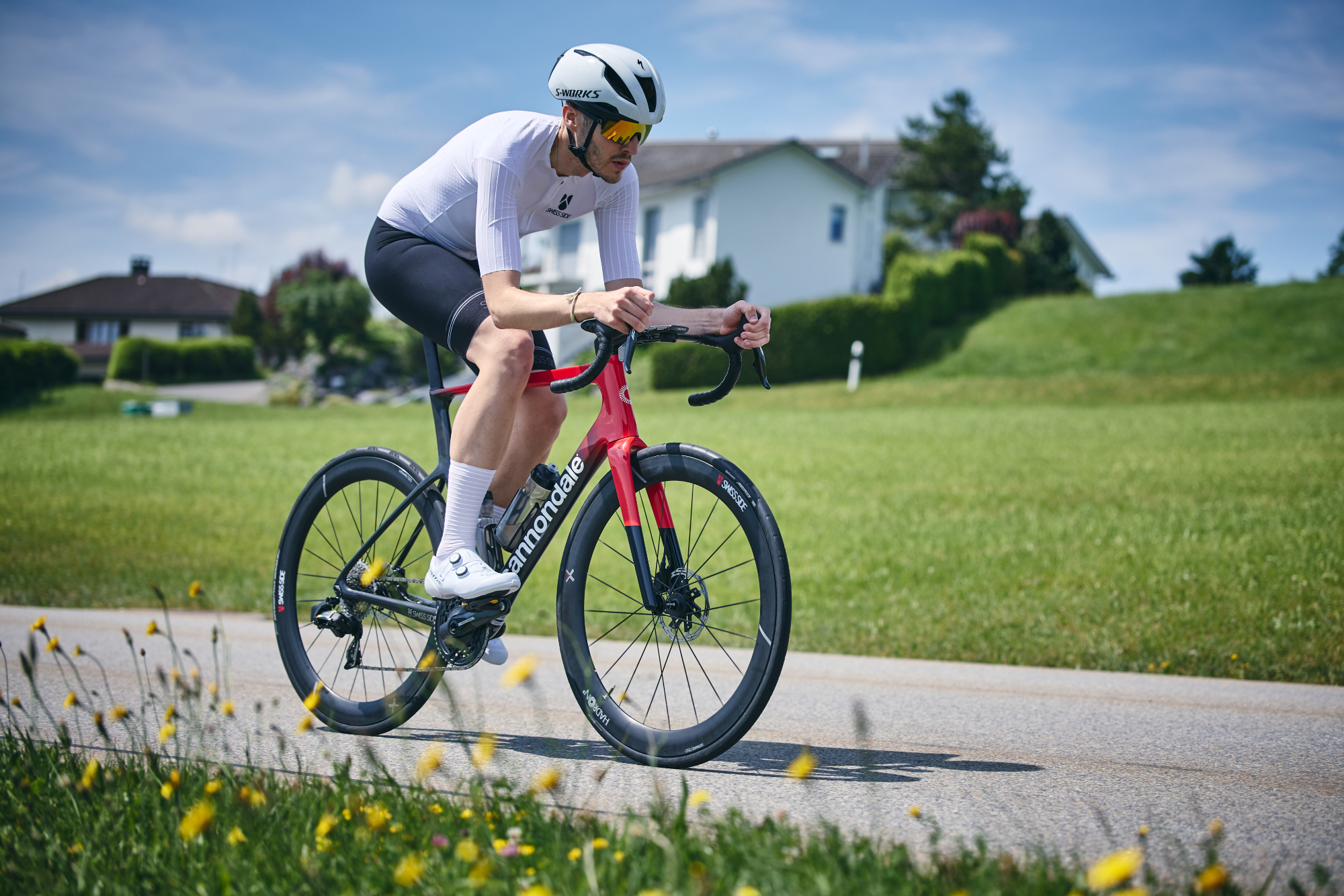
Swiss Side says the Hadron is designed to excel fitted with both aero and lightweight tyres.
In what Swiss Side says is an industry first, the Hadron 3 wheels are designed for a ‘dual performance; tyre setup. In essence this means the wheel can be used with a specific tyre for windy and calm conditions without compromise. It uses Continental’s Aero 111 and GP5000 TT TR tyres to illustrate this. The base drag numbers are almost identical, which demonstrates that when the wind is low there is no penalty for using a lighter tyre with a lower rolling resistance, such as the GP5000 TT TR; the Aero 111 offers an advantage at higher yaw angles, according to Swiss Side’s data.
The Steering Moment numbers are also similar, showing both tyres to deliver almost identical handling performance in stronger winds, +/- 12° yaw, until the point where the airflow stalls and the GP5000 TT TR tyre becomes less stable.
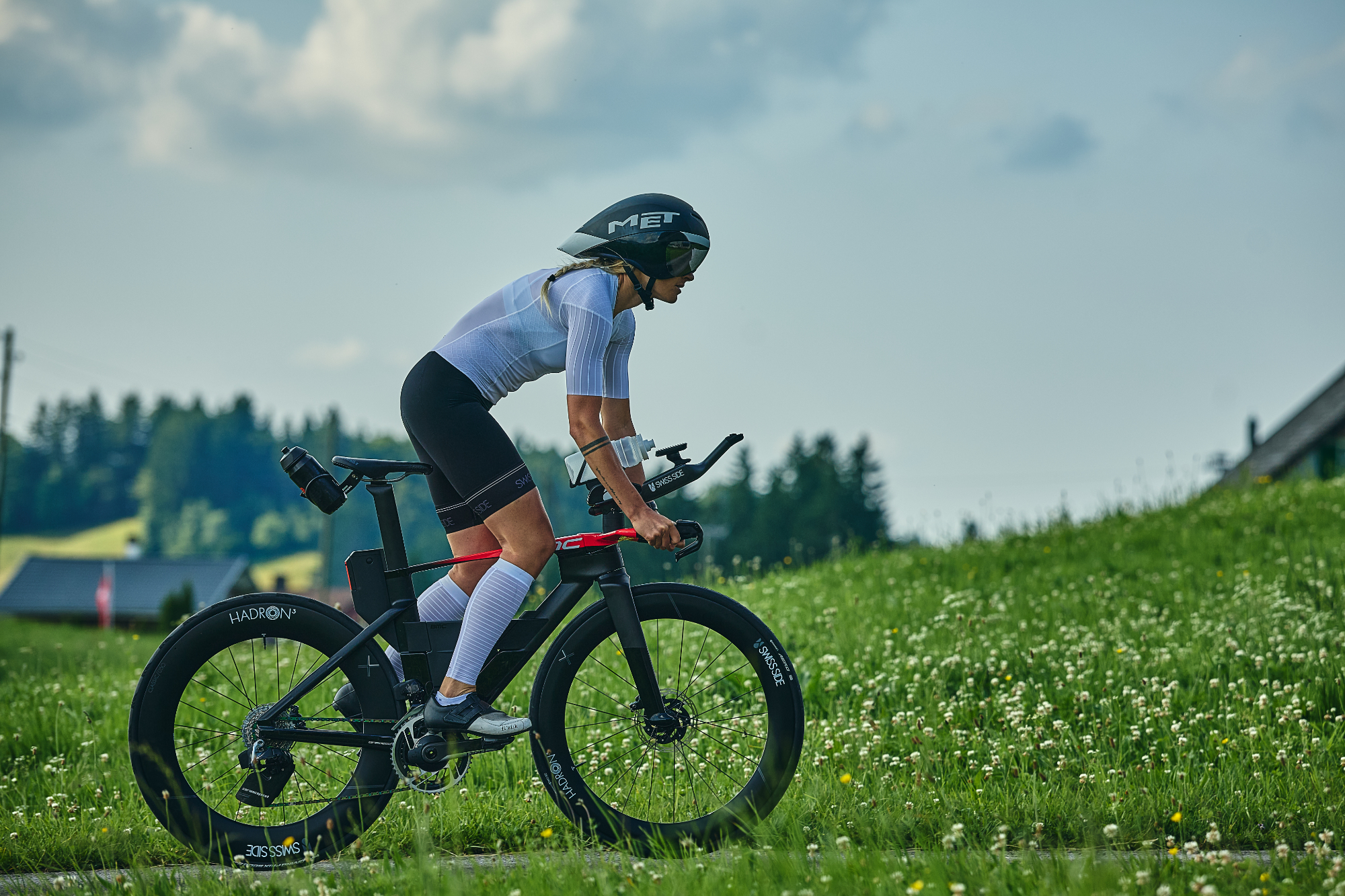
The new 84
In essence, Swiss Side’s numbers suggest that when there is some wind present you’;re best to match the Hadron 3 with a dedicated aero tyre but when it's calm you can benefit from using lighter tyre with a lower rolling resistance. In both scenarios, the rim is designed to optimise both tyres.
Swiss Side says that while the Hadron 3 range is optimised for 28/29mm tyres, the 22mm internal rim width and hooked profile means it’s still compatible with narrower and wider tyres.
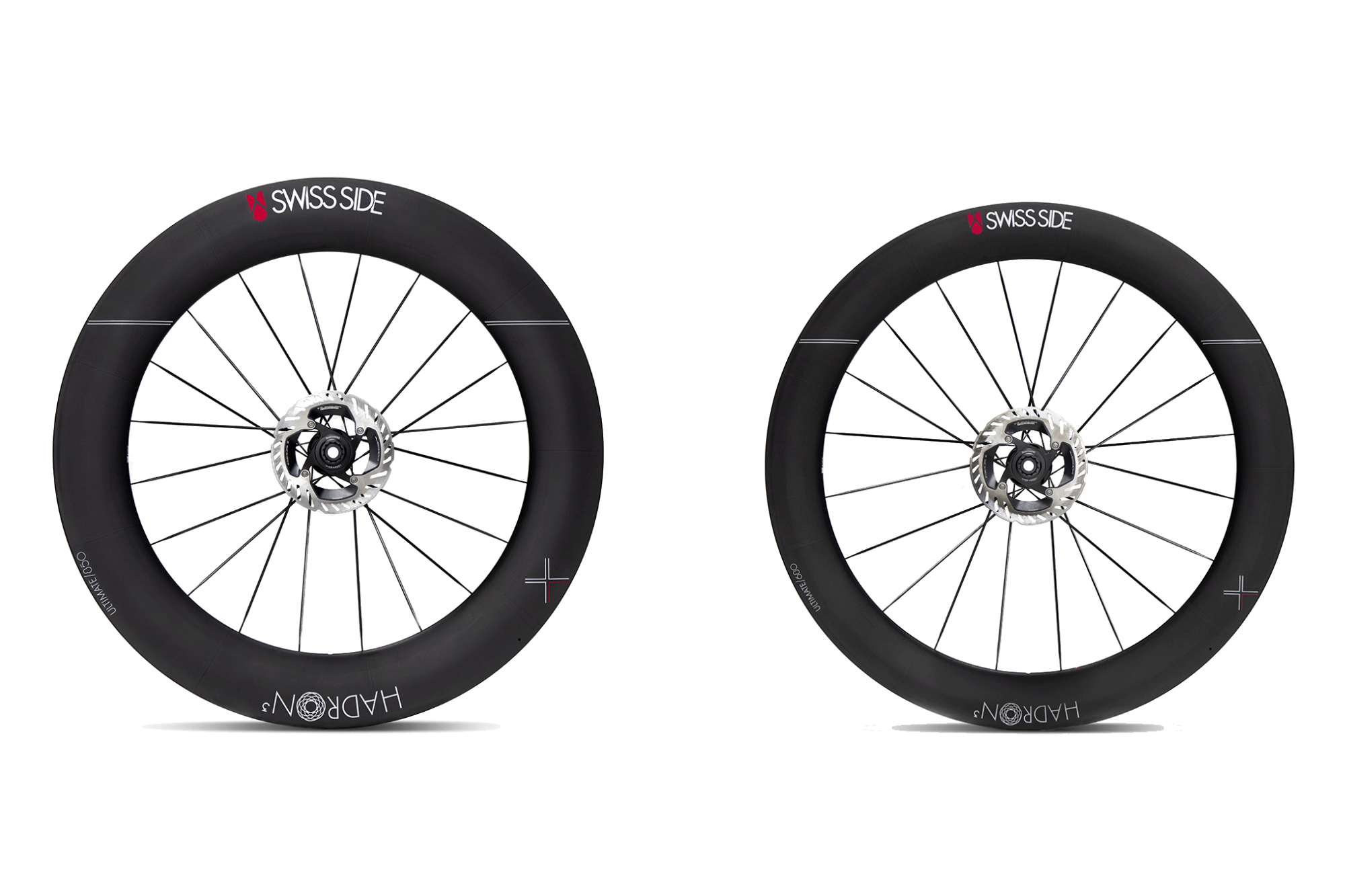
The Hadron 3 Ultimate in the 85mm and 68mm depths.
To make the updated Hadron lighter, Swiss Side has reduced the spoke count from 24 to 20 as well as take advantage of DT Swiss ‘direct out of the mold finish’ manufacturing method for the Ultimate range; the Hadron is also offered in a Classic range, which offers the same rim shape as the Ultimate but in a more price-friendly build.
While the Ultimate wheels use a DT Swiss 180 Aero hub complete with SINC ceramic bearings and Aerolite-II spokes, the Classic opts for DT Swiss 370 Classic Aero hubs, stainless steel bearings and Aerolite-I spokes.
Regarding weight comparisons, the Ultimate 550 weighs a claimed 1,486g, while the Classic weighs 1,674g. In similar fashion the Ultimate 680 tips the scales at 1,559g, with the Classic coming out at 1,746g while the Ultimate 850 is again almost 200 grams lighter than the Classic equivalent, 1,684g against 1,879g.
Naturally the prices reflect both the material and weight differences, with the Hadron 3 Ultimate wheels retailing at € 2,699 or € 2,159 direct from the Swiss Side website, while the Hadron 3 Classic cost €1,869 or €1,495 from Swiss Side, across all three size options.
Luke Friend has worked as a writer, editor and copywriter for over twenty five years. Across books, magazines and websites, he's covered a broad range of topics for a range of clients including Major League Baseball, Golf Digest, the National Trust and the NHS. He has an MA in Professional Writing from Falmouth University and is a qualified bicycle mechanic. He has been a cycling enthusiast from an early age, partly due to watching the Tour de France on TV. He's a keen follower of bike racing to this day as well as a regular road and gravel rider.
You must confirm your public display name before commenting
Please logout and then login again, you will then be prompted to enter your display name.